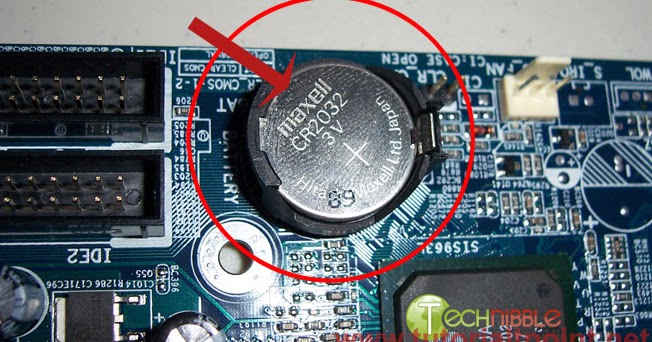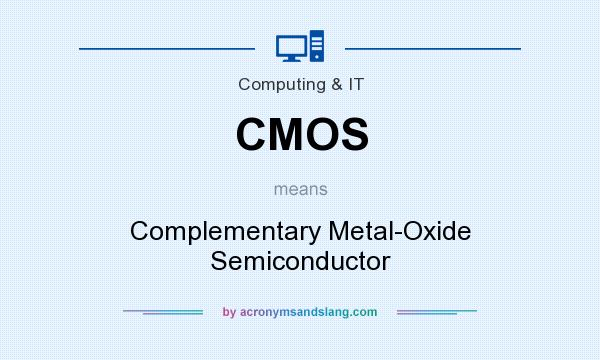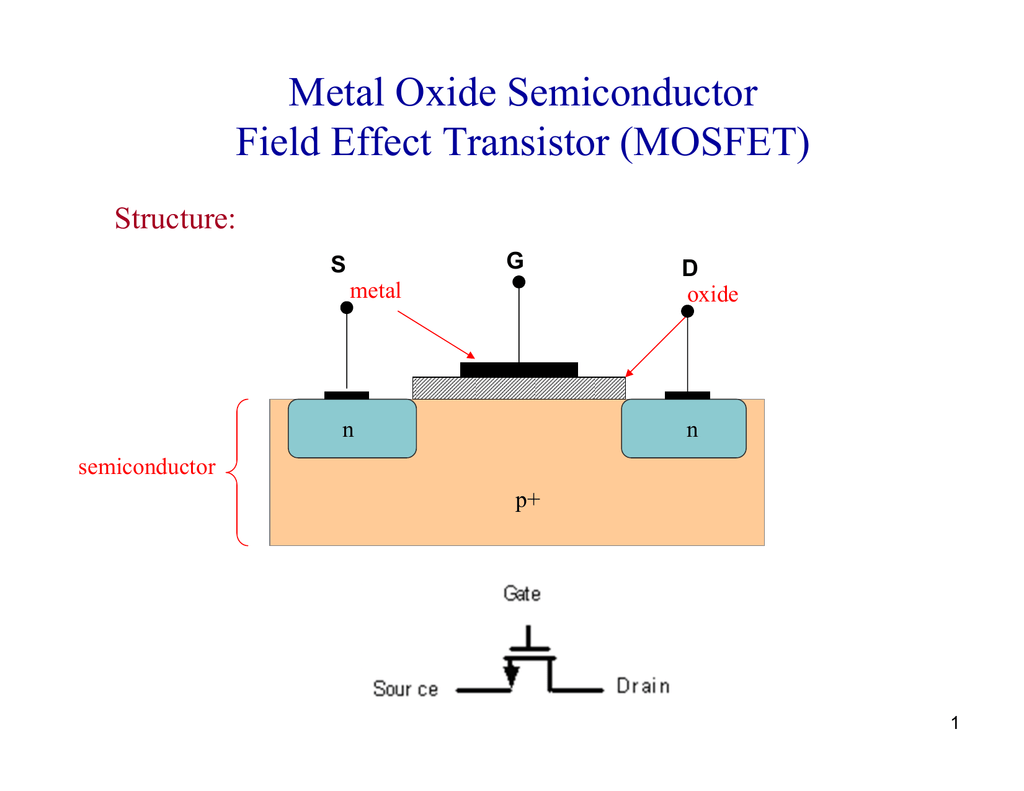

The synthesis of p-TiO2 in particular is discussed in detail as it may provide interesting breakthroughs in emerging transparent electronics applications. The discussion includes solution-based wet chemical techniques and vacuum-based dry physical techniques fabricating TiO2–TSOs. This article comprehensively reviews the latest developments. Therefore, a detailed overview of the synthesis, band structure modification via doping, properties, and applications of modified TiO2 as n- and p-type TSOs is warranted. P-type TSOs have recently attracted tremendous interest in the field of active devices for emerging transparent electronics for potential use in ultra-violet light-based solar cells. This provides a very important opportunity to fabricate all-transparent homojunction devices for light harvesting and energy storage. In general, TiO2 is intrinsically an n-type semiconductor but can be doped to have p-type semiconductivity. However, reports on TiO2 applications as an effective TSO for transparent electronics applications have been limited. TSOs continue to be in high demand for a variety of applications ranging from transparent electronics and sensor devices to light detecting and emitting devices in telecommunications.


As a widebandgap semiconductor, modified TiO2 belongs to a class of materials called transparent semiconducting oxides (TSOs), which are simultaneously optically transparent and electrically conductive. Generally, most applications of TiO2 involve photocatalytic activity for water and air purification, self-cleaning surfaces, antibacterial activity, and superhydrophilicity. TiO2-based thin films and nanomaterials have been fabricated via physical and solution-based techniques by various research groups around the globe. Also, detailed reviews on the p-TCO materials have been published by us and others, which cover the syntheses and properties of a range of p-TCO materials reported so far. Detailed discussions on spinel- and delafossitestructured material can be found in various literatures. 12.6, synthesis and electro-optical characterization of one of the very important delafossite, p-type semiconducting, and wide-bandgap material, such as CuAlO2, produced by our group via reactive sputtering technique, have been discussed in details. Most of the results presented in these sections are reported by various authors working on this field. 12.2–12.5, a detailed review on the structural, optical, and electrical properties of these p-type transparent conducting oxides (p-TCOs), deposited by reactive sputtering technique, has been presented and the origin of p-type conductivity of these materials has been discussed with considerable attention. Specially, wide bandgap, ptype semiconducting, and transparent oxide materials with delafossite and spinel structure, having interesting applications in “Transparent Electronics,” have been discussed in details. In this chapter, we have discussed, in details, the formation of spinel and delafossite materials of the form AB2O4 and ABO2 (A and B may be monovalent, divalent, trivalent, or tetravalent cations, depending on the crystal structure, described later) by reactive sputtering technique. Reactive sputtering is one of the most widely used techniques for preparing compound thin films (such as oxides, nitrides, carbides, etc.) by sputtering metal targets in an active gas atmosphere (Ar + O2/N2/CH4, etc.).


 0 kommentar(er)
0 kommentar(er)
